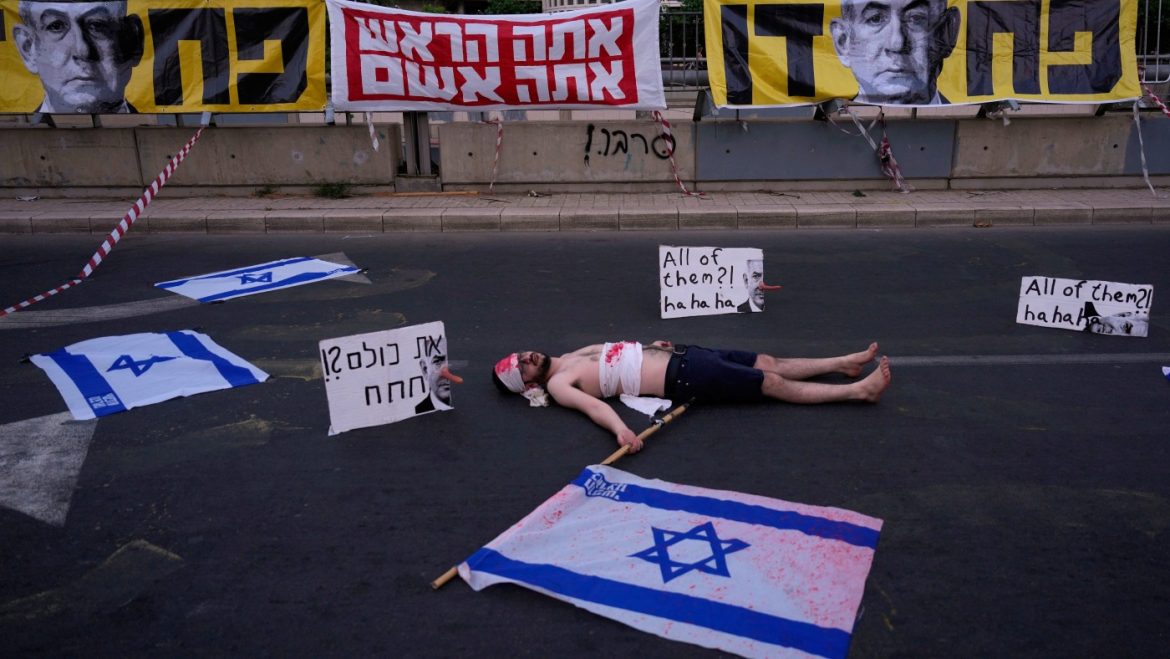Overview of the Gaza Ceasefire Proposal and Hamas’ Response
Recent developments have highlighted a critical impasse in the ongoing conflict in Gaza, centering on a ceasefire proposal brokered by the United States. Hamas, the governing authority in Gaza, has expressed a willingness to engage with the ceasefire concept but is demanding amendments that U.S. officials have rejected as unacceptable. This deadlock has exacerbated tensions in the region, with worsening conditions inside Gaza and sustained Israeli military actions.
Hamas’ Position and Requested Amendments
Hamas’ response to the U.S. ceasefire proposal indicates a nuanced stance. While the group is not outright rejecting the idea of a ceasefire, it is insisting on significant changes to the plan’s terms. These amendments are positioned as prerequisites for Hamas’ formal acceptance and appear focused on the specifics governing the nature and scope of the truce. Details on the exact changes Hamas is requesting have not been fully disclosed but likely center on guarantees around hostages, lifting blockades, and conditions of cessation of hostilities that Hamas finds insufficient in the original draft.
Their position strikes a tone of reluctant engagement rather than outright refusal, reflecting desperation and the high stakes in Gaza. Yet, the demands are substantial enough to complicate negotiations, suggesting Hamas is leveraging the ceasefire talks to secure stronger terms favorable to its strategic and political objectives.
U.S. Response and Criticism from Envoy Steve Witkoff
Steve Witkoff, the U.S. special envoy for the Middle East, has publicly described Hamas’ counterproposal as “totally unacceptable” and a regression in the peace process. This firm rejection from the U.S. reflects Washington’s assessment that Hamas’ conditions undermine the feasibility of a ceasefire or complicate its implementation on the ground.
The U.S. has portrayed the original proposal as a necessary framework to halt violence and stabilize the situation, which Israeli authorities have already approved. Witkoff’s strong language underscores the diplomatic friction and the challenge of balancing pressures from Israel, U.S. policymakers, and conflicting demands from Hamas.
Humanitarian Conditions and Rising Desperation in Gaza
Parallel to the diplomatic stalemate, the humanitarian crisis inside Gaza continues to deteriorate. Reports indicate rising desperation among Gaza’s population amid ongoing Israeli military strikes and internal instability marked by attacks and the presence of armed groups beyond Hamas.
The impasse on the ceasefire maintains a precarious status quo where civilian suffering increases, infrastructure is damaged, and humanitarian relief faces enormous obstacles. The lack of a ceasefire prolongs uncertainty and intensifies calls from international actors for an urgent resolution.
The Strategic Implications of the Deadlock
The refusal of the U.S. to accept Hamas’ amendments and Hamas’ insistence on changes reflect the broader strategic complexity of any ceasefire in this conflict. Each party’s demands are shaped by political objectives, security concerns, and the balance of power.
For Israel and the U.S., the priority is a ceasefire that halts rocket attacks and terror activities while maintaining security safeguards. For Hamas, any ceasefire without substantial concessions risks appearing as a capitulation. Their amendments likely seek to leverage the ceasefire to enhance their negotiating position or address long-term grievances.
This stalemate illustrates how ceasefires in protracted conflicts require intricate negotiation, trust-building, and often third-party mediation. Without flexibility and goodwill, ceasefires can falter or collapse, leading to renewed violence.
Conclusion: A Sensitive Crossroads for Peace Prospects
The current deadlock in ceasefire negotiations between Hamas and the U.S. envoy is emblematic of the deep divisions and complex realities governing peace efforts in Gaza. Hamas’ call for amendments signals a critical test of its willingness to compromise, while the U.S.’ outright rejection underscores uncompromising security concerns.
As violence continues and humanitarian conditions worsen, the urgency for a viable and mutually acceptable ceasefire becomes more acute. The road ahead demands creative diplomacy and a recognition that sustainable peace requires addressing the underlying issues fueling conflict, not merely momentary cessation of hostilities.
Only through such comprehensive and empathetic engagement can the cycle of violence begin to be broken and a foundation laid for longer-term stability in Gaza and the wider region.


